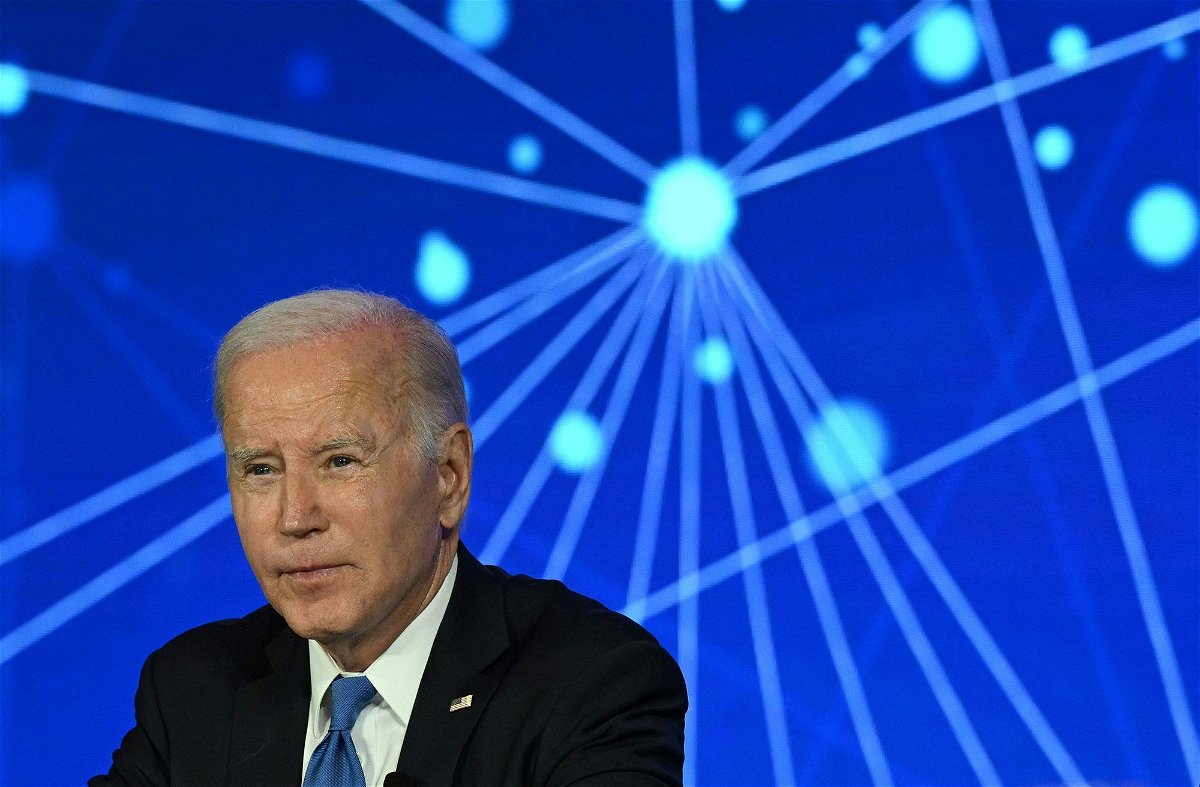Here’s how much each state will get in the $42.5 billion broadband infrastructure plan

The Biden administration on Monday outlined how states across the country will be receiving billions of dollars in federal funding for high-speed internet access.
By Brian Fung, CNN
Washington (CNN) — The Biden administration on Monday outlined how states across the country will be receiving billions of dollars in federal funding for high-speed internet access, highlighting the US government’s push to bring connectivity to more Americans and to close the digital divide.
More than $42 billion from the 2021 bipartisan infrastructure law will be distributed to US states and territories for building internet access, the White House said — with Texas eligible for the largest award of more than $3.3 billion, followed by California, which could receive more than $1.8 billion.
“We’re talking today about a major investment that we’re making in affordable, high-speed internet, all across the country,” Biden said in a speech Monday, describing internet access as a critical economic resource allowing children to do their homework, for workers to find jobs and for patients to access health care.
“I’ve gotten letters and emails from across the country from people who are thrilled that after so many years of waiting, they are finally going to get high-speed internet,” Biden said, citing one message he received from an Iowa woman who described the development as “the best thing that’s happened in rural America since the Rural Electrification Act,” referring to the push under President Franklin Delano Roosevelt to bring electricity to farms and ranches nationwide.
All US states and territories have been awarded at least some funding, starting with the US Virgin Islands, which is eligible for $27 million under the initiative known as the Broadband Equity, Access, and Deployment (BEAD) program.
The BEAD program marks one of the largest-ever infusions of federal money for bringing disconnected households and businesses online. And it reflects months of work by the US government to design new and updated broadband maps showing which areas of the country remain unserved or under-served.
Finalized by the Federal Communications Commission last month, the new maps show that 7% of US households and businesses, representing 8.5 million physical locations and tens of millions of individual Americans, do not have broadband internet access, which is defined as internet download speeds of at least 25 megabits per second. The new maps provide information about internet connectivity at a granular level, whereas previous maps assessed connectivity only at a census-block level. The older maps also considered a census block to be served if just one household in that block had broadband access, even if many of its surrounding neighbors did not — leaving many Americans to report that they had no high-speed internet even when the official maps claimed that they did.
The updated maps allowed the US government to calculate which states had the greatest need for broadband funding and to distribute the infrastructure law’s resources accordingly. States and territories may begin applying for the funds as soon as July 1, the White House said. After the applications are approved by the Commerce Department, state officials will gain access to at least 20% of their eligible awards.
Under the infrastructure law, US states had been guaranteed at least $100 million in BEAD funding, while US territories were promised at least $25 million.
Nineteen states received more than $1 billion in the final allocation, the White House said, adding that the 10 states receiving the most funding were Alabama, California, Georgia, Louisiana, Michigan, Missouri, North Carolina, Texas, Virginia and Washington.
And it complements another $23 billion across five separate broadband access programs included in the legislation, such as a program specifically aimed at Tribal connectivity and another for low-income households. And it follows a $25 billion investment under the American Rescue Plan, the 2021 Covid-19 stimulus package.
Monday’s announcement marked the launch of a three-week nationwide tour by President Joe Biden and other White House officials to tout the administration’s economic plan.
Here’s how much each state received:
- Alabama: $1,401,221,901.77
- Alaska: $1,017,139,672.42
- Arizona: $993,112,231.37
- Arkansas: $1,024,303,993.86
- California: $1,864,136,508.93
- Colorado: $826,522,650.41
- Connecticut: $144,180,792.71
- Delaware: $107,748,384.66
- District of Columbia: $100,694,786.93
- Florida: $1,169,947,392.70
- Georgia: $1,307,214,371.30
- Hawaii: $149,484,493.57
- Idaho: $583,256,249.88
- Illinois: $1,040,420,751.50
- Indiana: $868,109,929.79
- Iowa: $415,331,313.00
- Kansas: $451,725,998.15
- Kentucky: $1,086,172,536.86
- Louisiana: $1,355,554,552.94
- Maine: $271,977,723.07
- Maryland: $267,738,400.71
- Massachusetts: $147,422,464.39
- Michigan: $1,559,362,479.29
- Minnesota: $651,839,368.20
- Mississippi: $1,203,561,563.05
- Missouri: $1,736,302,708.39
- Montana: $628,973,798.59
- Nebraska: $405,281,070.41
- Nevada: $416,666,229.74
- New Hampshire: $196,560,278.97
- New Jersey: $263,689,548.65
- New Mexico: $675,372,311.86
- New York: $664,618,251.49
- North Carolina: $1,532,999,481.15
- North Dakota: $130,162,815.12
- Ohio: $793,688,107.63
- Oklahoma: $797,435,691.25
- Oregon: $688,914,932.17
- Pennsylvania: $1,161,778,272.41
- Rhode Island: $108,718,820.75
- South Carolina: $551,535,983.05
- South Dakota: $207,227,523.92
- Tennessee: $813,319,680.22
- Texas: $3,312,616,455.45
- Utah: $317,399,741.54
- Vermont: $228,913,019.08
- Virginia: $1,481,489,572.87
- Washington: $1,227,742,066.30
- West Virginia: $1,210,800,969.85
- Wisconsin: $1,055,823,573.71
- Wyoming: $347,877,921.27
- American Samoa: $37,564,827.53
- Guam: $156,831,733.59
- Northern Mariana Islands: $80,796,709.02
- Puerto Rico: $334,614,151.70
- U.S. Virgin Islands: $27,103,240.86
The-CNN-Wire
™ & © 2023 Cable News Network, Inc., a Warner Bros. Discovery Company. All rights reserved.